RAK12501 WisBlock GNSS Location Module Quick Start Guide
Prerequisites
Before going through each and every step on using the RAK12501 GNSS Location WisBlock module, make sure to prepare the necessary items listed below:
Hardware
- RAK12501 WisBlock GNSS Location Module
- Your choice of WisBlock Base
- Your choice of WisBlock Core
- USB Cable
- Li-Ion/LiPo battery (optional)
- Solar charger (optional)
Software
- Download and install ArduinoIDE.
- To add the RAKwireless Core boards on your Arduino board, install the RAKwireless Arduino BSP. Follow the steps in the GitHub repo.
Product Configuration
Hardware Setup
The RAK12501 uses the Quectel L76K module. It supports a wide variety of satellite data protocols such as GPS, GLONASS, QZSS, and BeiDou. This ensures the retrieval of precise location data.
For more information about RAK12501, refer to the Datasheet.
This module gives information about:
- GPS coordinate (latitude, longitude, altitude)
- Ground speed
- Direction (heading)
- SIV (Satellite-in-View)
Connected to the sensor's slot of the WisBlock Base, the RAK12500 enables communication with the WisBlock Core, as shown in Figure 1. It functions on SLOT A or SLOT D. Additionally, always secure the WisBlock module connection using compatible screws.
 Figure 1: RAK12501 connection to the WisBlock Base
Figure 1: RAK12501 connection to the WisBlock BaseAssembling and Disassembling of WisBlock Modules
Assembling
As shown in Figure 2, the location for Slot A and D are properly marked by silkscreen. Follow carefully the procedure defined in WisBlock Base board assembly/disassembly instructions to attach a WisBlock module. Once attached, carefully fix the module with one or more pieces of M1.2 x 3 mm screws depending on the module.
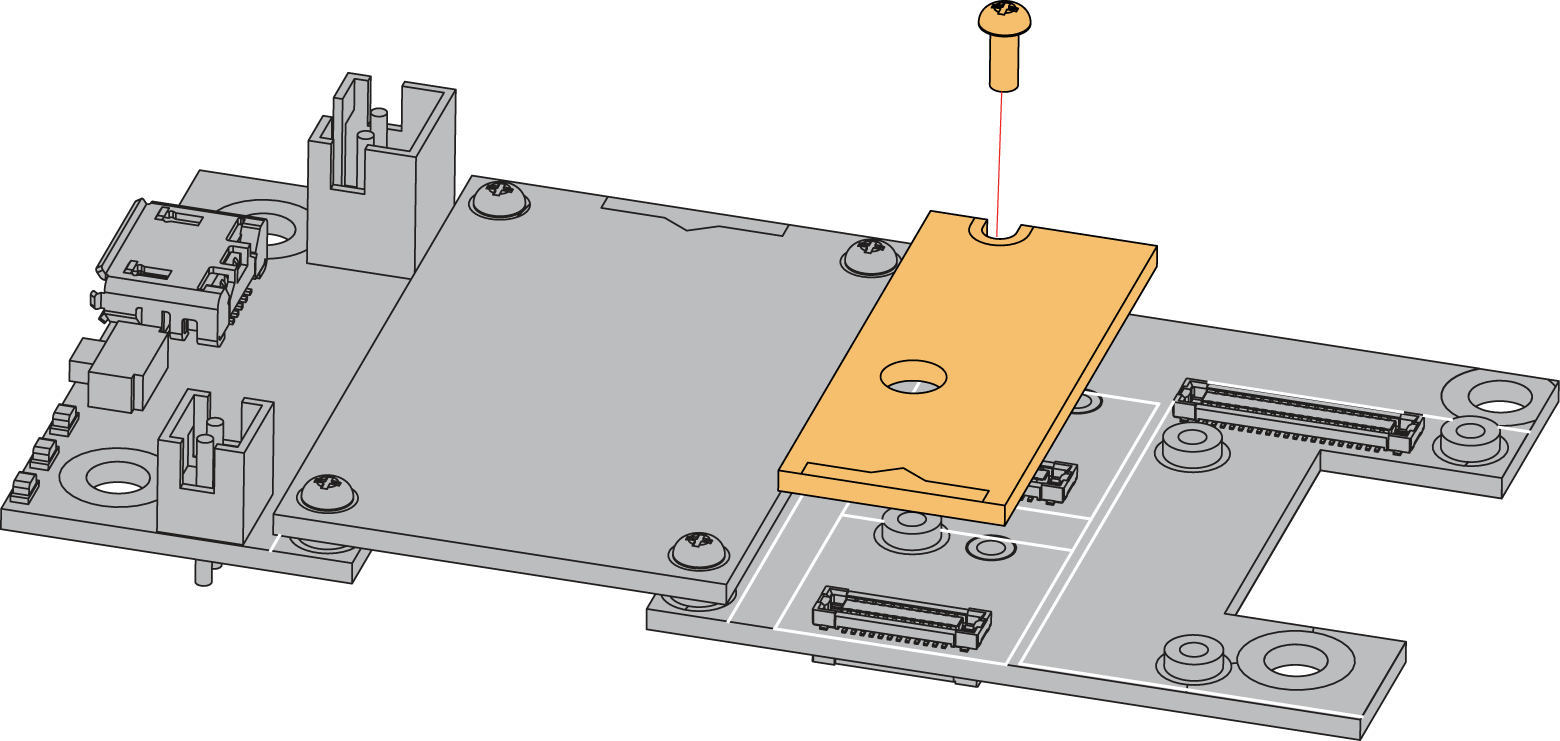 Figure 1: Attach RAK12501 to the WisBlock Base
Figure 1: Attach RAK12501 to the WisBlock BaseDisassembling
The procedure in disassembling any type of WisBlock modules is the same.
- First, remove the screws.
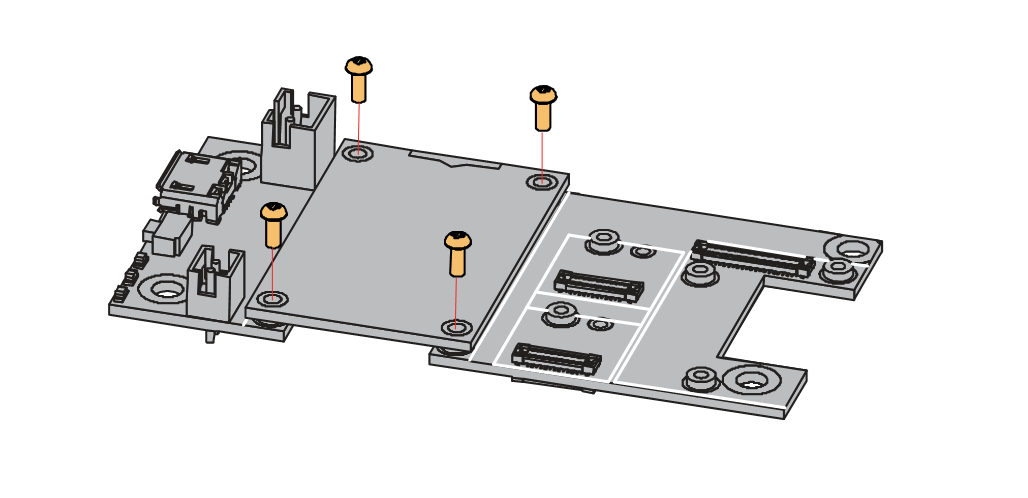 Figure 1: Remove screws from the WisBlock module
Figure 1: Remove screws from the WisBlock module- Once the screws are removed, check the silkscreen of the module to find the correct location where force can be applied.
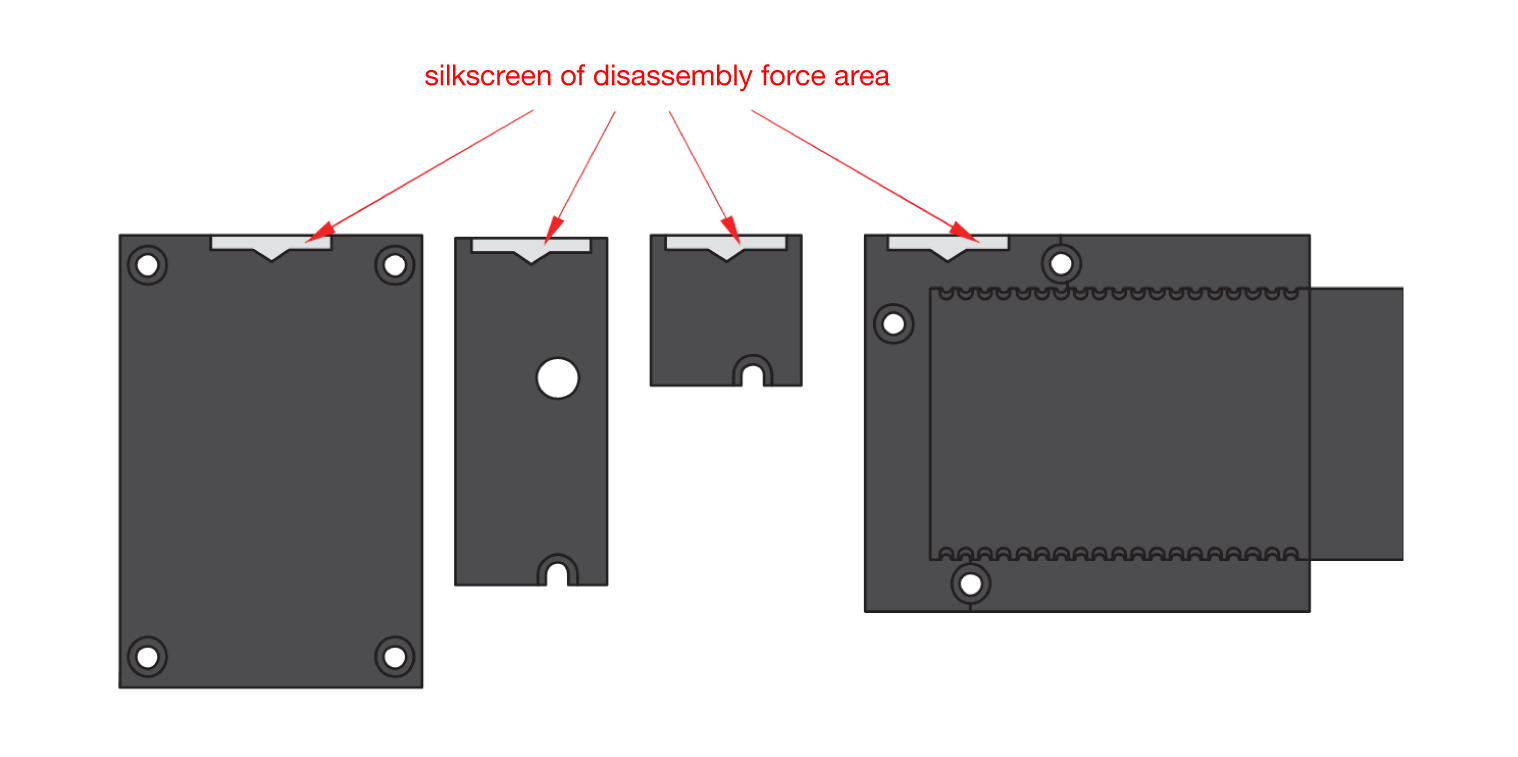 Figure 1: Detach silkscreen on the WisBlock module
Figure 1: Detach silkscreen on the WisBlock module- Apply force to the module at the position of the connector, as shown in Figure 5, to detach the module from the baseboard.
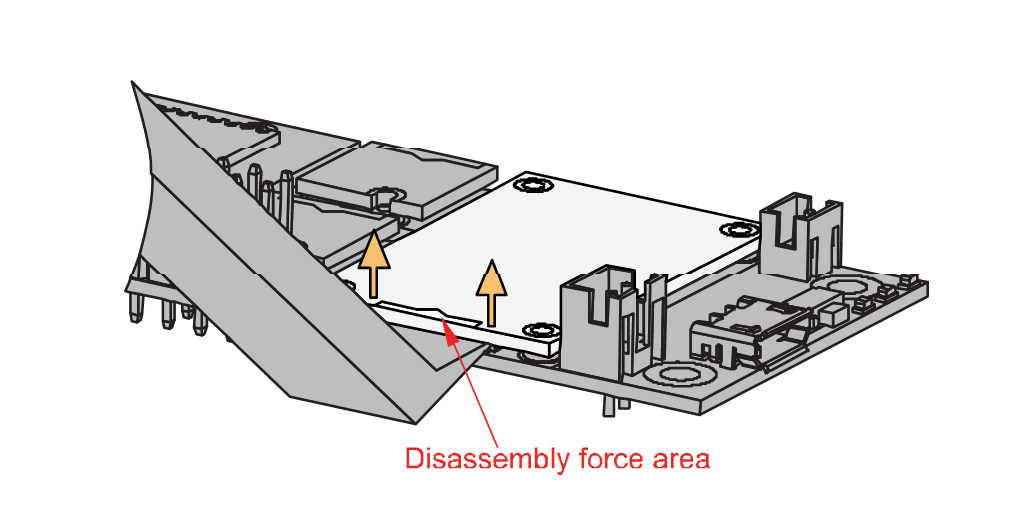 Figure 1: Apply even forces on the proper location of a WisBlock module
Figure 1: Apply even forces on the proper location of a WisBlock moduleGPS Antenna
Another important part component of RAK12501 is the GPS antenna. Make sure that it is properly connected to have a good GPS signal.
 Figure 1: GPS antenna
Figure 1: GPS antennaIf you will connect other modules to the remaining WisBlock Base slots, check on the WisBlock Pin Mapper tool for possible conflicts. RAK12501 uses UART communication lines, and it can cause possible conflict especially on some IO modules.
After all this setup, connect the battery and USB cable to start programming your WisBlock Core.
- Batteries can cause harm if not handled properly.
- Only 3.7-4.2 V Rechargeable LiPo batteries are supported. It is highly recommended not to use other types of batteries with the system unless you know what you are doing.
- If a non-rechargeable battery is used, it has to be unplugged first before connecting the USB cable to the USB port of the board to configure the device. Not doing so might damage the battery or cause a fire.
- Only 5 V solar panels are supported. Do not use 12 V solar panels. It will destroy the charging unit and eventually other electronic parts.
- Make sure the battery wires match the polarity on the WisBlock Base board. Not all batteries have the same wiring.
Software Configuration and Example
The RAK12501 is a very accurate GNSS Module that contains a Quectel L76K chip. The L76K features exceptional performance, high sensitivity, and minimal acquisition time, with digital serial interface standard output.
Initial Test of the RAK12501 WisBlock Module
-
Install the RAKwireless Arduino BSP for WisBlock by using the
package_rakwireless_index.jsonboard installation package. The WisBlock Core should now be available on the Arduino IDE. -
Choose the WisBlock Core that you have, as shown in Figure 7 to Figure 9.
RAK4631 Board
 Figure 1: Select RAK4631 as the WisBlock Core
Figure 1: Select RAK4631 as the WisBlock CoreRAK11200 Board
 Figure 1: Select RAK11200 as the WisBlock Core
Figure 1: Select RAK11200 as the WisBlock CoreRAK11310 Board
 Figure 1: Select RAK11300 as the WisBlock Core
Figure 1: Select RAK11300 as the WisBlock Core- The Basic Sample Code for RAK12501 in GitHub will work on all WisBlock Core. Download the source code from the GitHub repository and open the
RAK12501_GPS_L76K.inofile with Arduino IDE.
 Figure 1: Open the RAK12501 example code
Figure 1: Open the RAK12501 example codeIf you experience any error in compiling the example sketch, check the updated code for your WisBlock Core Module that can be found on the RAK12501 WisBlock Example Code Repository.
- Once the example code is open, install the TinyGPS library by clicking the highlighted link, as shown in Figure 11 and Figure 12.
 Figure 1: Access the library used for the RAK12501 Module
Figure 1: Access the library used for the RAK12501 Module Figure 1: Install the compatible library for the RAK12501 Module
Figure 1: Install the compatible library for the RAK12501 Module- After installing the library, select the correct serial port and upload the code, as shown in Figure 13 and Figure 14.
If you are using the RAK11200 as your WisBlock Core, the RAK11200 requires the Boot0 pin to be configured properly first before uploading. If not done properly, uploading the source code to RAK11200 will fail. Check the full details on the RAK11200 Quick Start Guide.
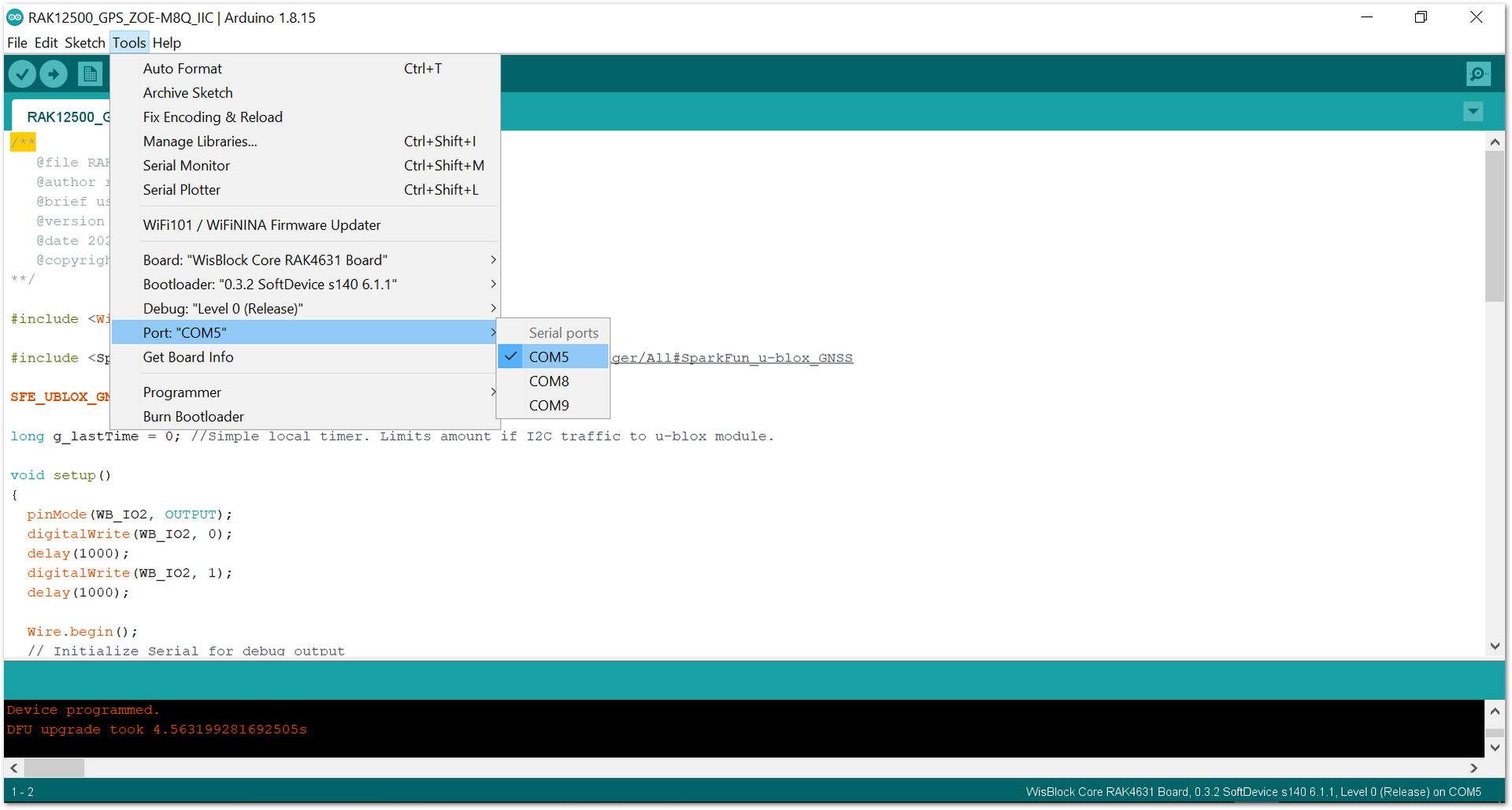 Figure 1: Select the correct Serial Port
Figure 1: Select the correct Serial Port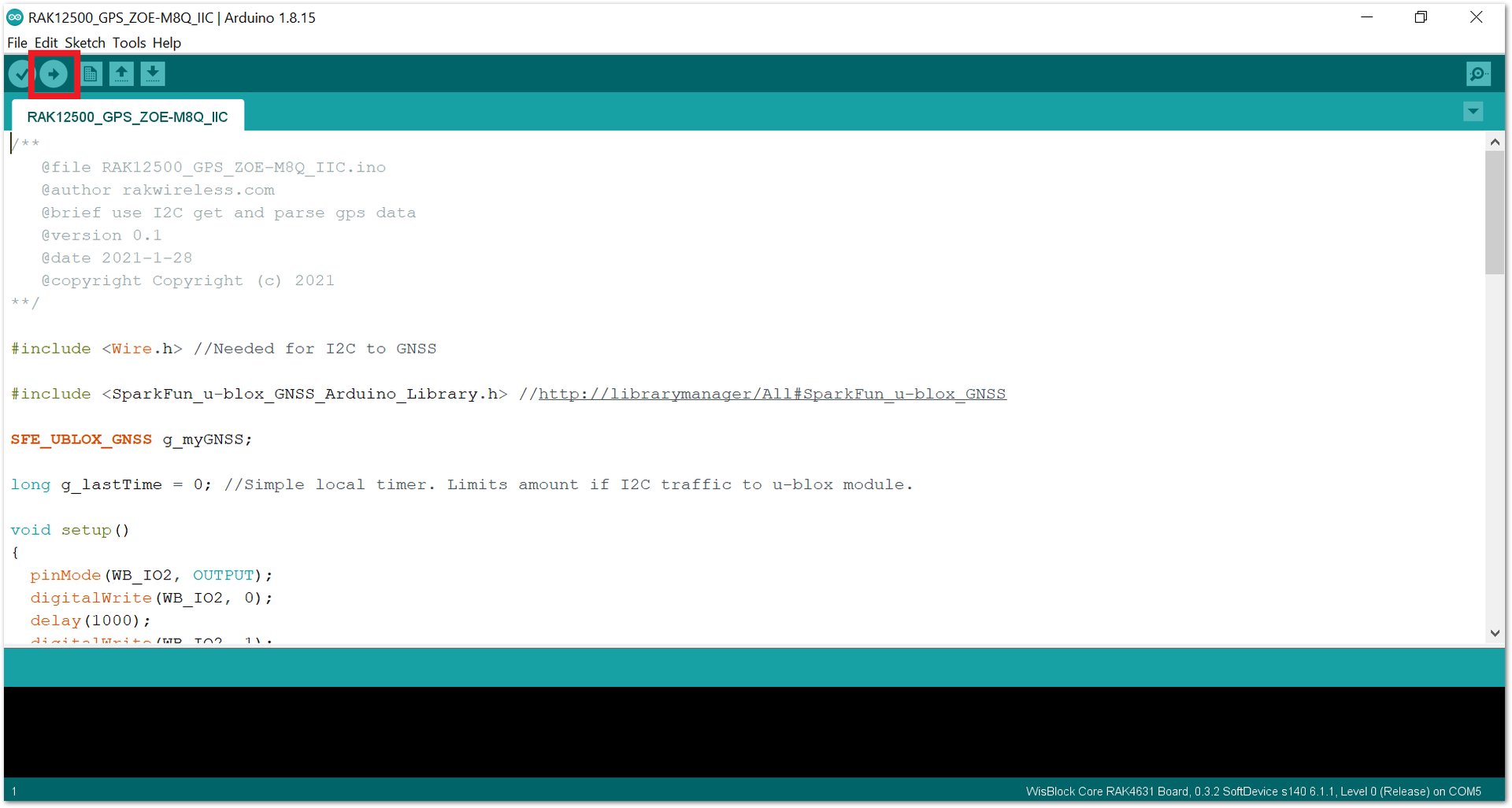 Figure 1: Upload the RAK12501 example code
Figure 1: Upload the RAK12501 example code- When the example sketch is uploaded, open the Serial Monitor of the Arduino IDE to see the sensor's reading logs. If you see the logs, as shown in Figure 15, then your RAK12501 is properly communicating to the WisBlock core.
The GPS antenna must have an unobstructed view of the sky to be able to receive satellite signals. For the example to work, you should test it outside of a building.
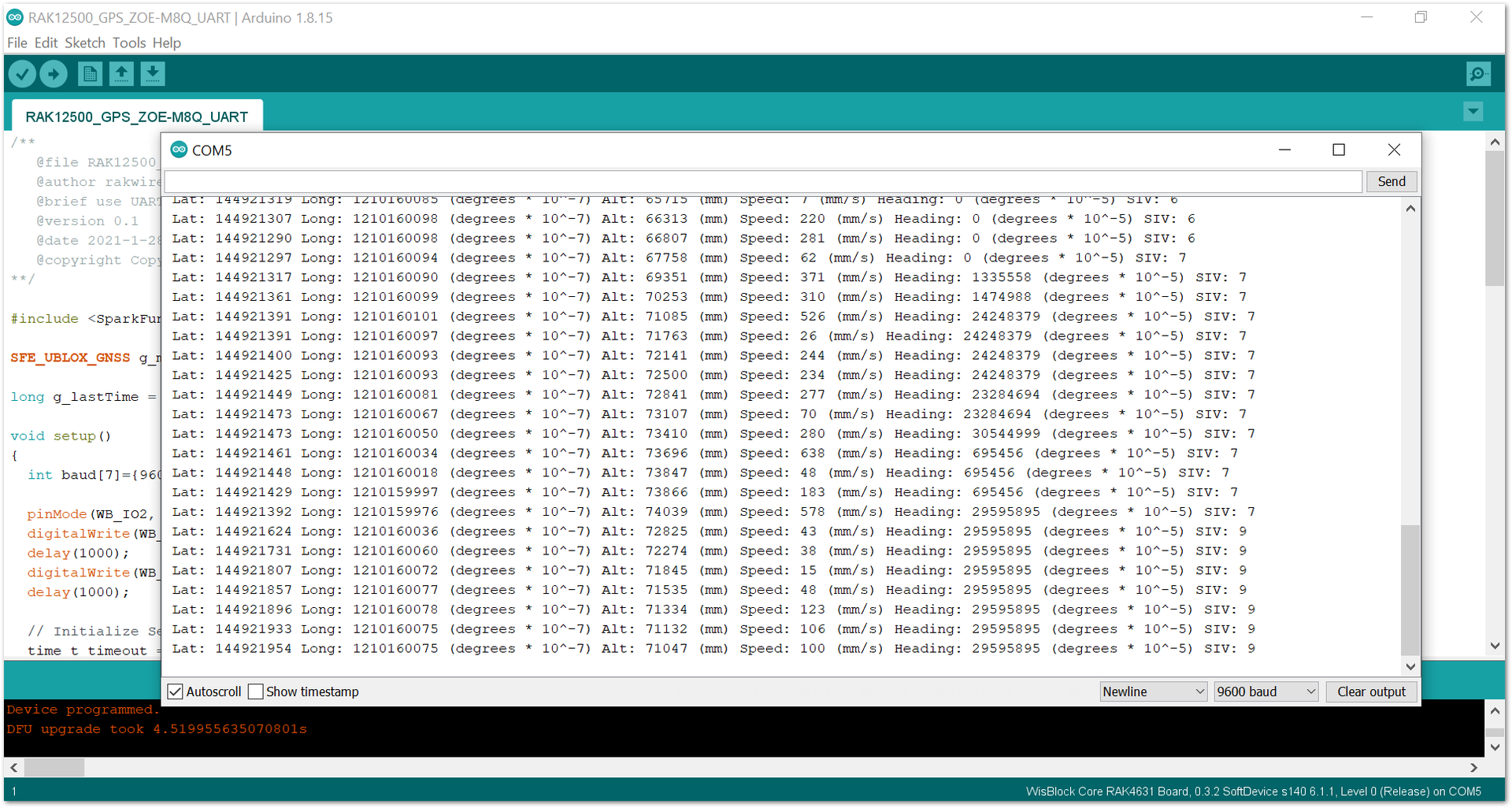 Figure 1: RAK12501 sensor data logs
Figure 1: RAK12501 sensor data logs